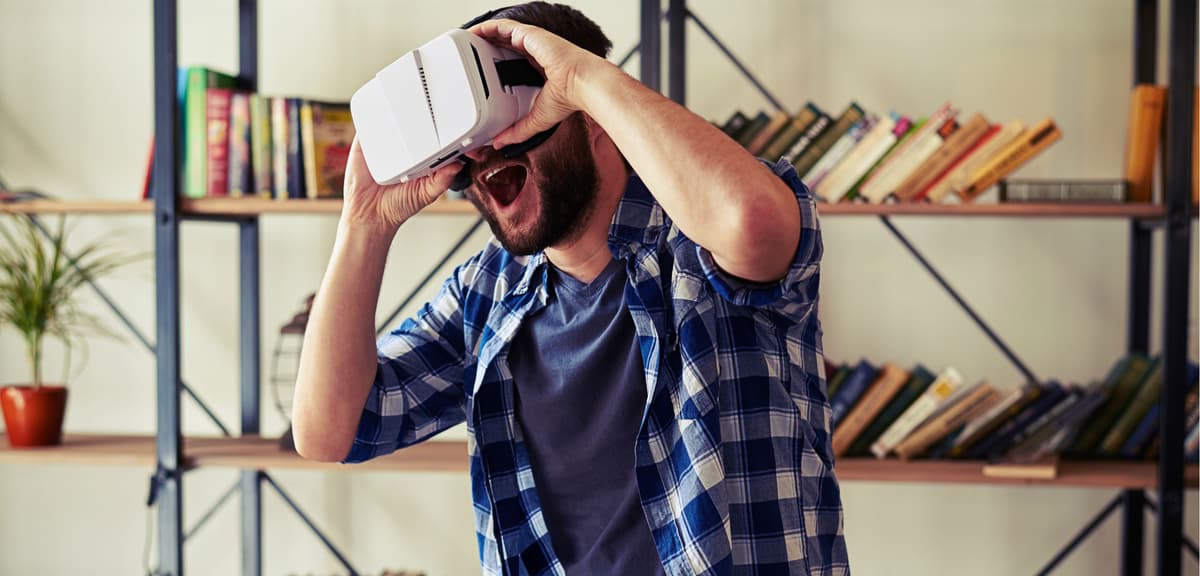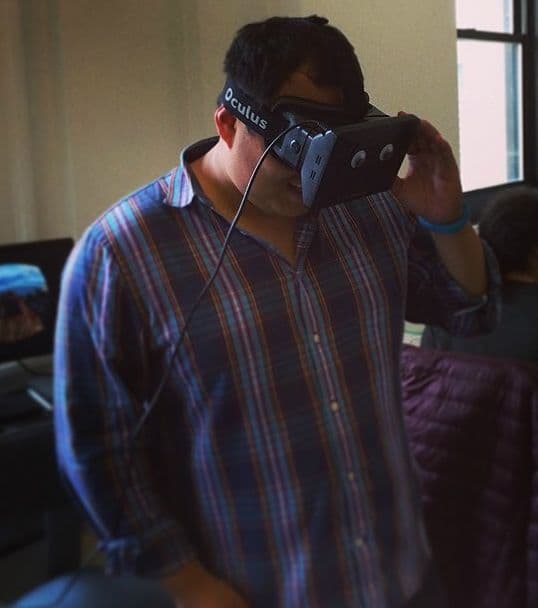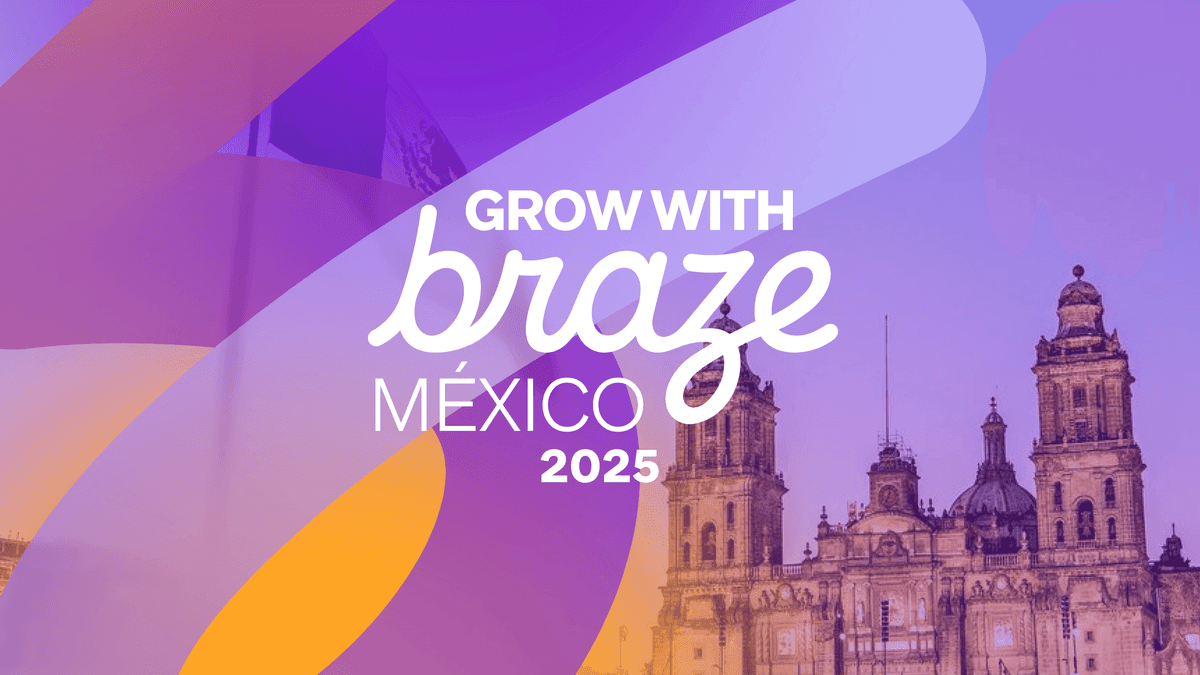Published on May 02, 2016/Last edited on May 02, 2016/9 min read


In the mid-1990s Nintendo came out with a new product called Virtual Boy. Nintendo was selling the promise of 3D virtual reality to the masses. It was the first time I’d ever heard of virtual reality (VR) but I remember how excited my friends and I were about the possibility of owning one of these portable video game consoles.
In the end, though, Virtual Boy wasn’t a big success. It sold less than a million consoles (compared to Nintendo 64 which sold 33 million) and has even been said to have turned off many people to the idea of virtual reality.
Fast forward to present day and we are seeing a resurgence in virtual reality interest and investments. Facebook acquired Oculus Rift for $2 billion before ever shipping a product and Samsung is giving away its virtual reality headset with the purchase of a Samsung Galaxy S7. Virtual reality is seeing a re-emerging interest from the mass market.
As virtual reality hardware becomes more ubiquitous, marketers are going to see an opportunity similar to the one iPhones offered nearly ten years ago; a completely new medium to connect with customers. In fact, Deloitte expects the VR industry to break the $1 billion barrier this year.
At the center of the virtual reality marketing opportunity is a fully immersive experience. A few years ago, shortly after Facebook acquired Oculus Rift, I was visiting a friend in New York who had an Oculus Rift. I had experience with augmented reality before this, but no true VR experience. Therefore I wasn’t quite sure about the difference between the two technologies. Oculus Rift clarified this for me quickly.

Yours truly, trying VR
Virtual reality is a fully immersive experience, one that consumes you. While augmented reality will overlay digital on your physical world, virtual reality completely replaces physical with digital. I vividly recall the roller coaster simulation with Oculus. I could physically feel the anticipation as I slowly climbed the top of the roller coaster and felt the drop in my stomach as I went down the roller coaster’s first drop. My body was moving in the direction of the roller coaster in real life, despite the fact I was just standing in the middle of an office.
A few years later I was able to get a taste of Samsung’s Gear VR experience, which was equally impressive. In one scenario I was watching a Cirque du Soleil-like show while in another I was in a hut, with a family staring at me. Again, for brief moments my mind was taken out of my physical reality and brought to a world that felt real.
This immersive experience, this feeling that you’re in another world, is the foundation of the new opportunity for marketers. So how can you take advantage of this new medium to forge better and stronger connections with customers?
Campaigns for getting new customers and promoting brand awareness can benefit from virtual reality experiences. Here are some that are likely on the way.
In your typical marketing funnel, you’re going to have different types of content based on the visitor’s experience with your brand. At the top of the funnel you have the awareness stage, with more general content. But as you move to the bottom of the funnel, you’re aiming to sell your solution and convert a potential customer.
The old adage is that a picture is worth a thousand words. So how many words is a two-minute virtual reality experience worth?
Large ticket items like cars usually have long sales cycles, and include in-person visits to dealerships and test drives. But virtual reality could shorten the decision making process for consumers.
From the comfort of your own home, away from pushy salesman, you could “test drive” a line of cars. While you might not be able to feel the leather of the seats, you could get a first-hand experience of the drive, what features the car has, how the engine sounds as you accelerate onto the freeway… You could really start to imagine yourself driving the car of your choice. Many car companies currently offer 360 degree views of their cars on their websites. Soon marketers will be able to complete (or replace) this with a test drive in virtual reality.
And of course, this testing, touring experience can be applied to other big-ticket items, like travel and real estate.
I previously discussed how travel companies could create descriptive content around a travel deal that better paints a picture of what your vacation could be like. Well what if you could experience that deal first-hand? Instead of reading about the clear water and bright sun of a Caribbean island, what if you could simulate a day of the trip in virtual reality?
Imagine being greeted on the island by a friendly host, being handed a tropical cocktail with a tiny umbrella, and escorted down to the beach where you lay down and see the sun peek over the palm trees. Then you dive into the sea and experience what scuba diving is like with the clarity of Caribbean waters. If you were already considering the trip, how could you say no?
Hollywood is no stranger to product placement. It’s not uncommon to see strategically placed logos and products in your favorite television shows and movies. Virtual reality offers a new medium to connect with consumers via product placement.
As more entertainment properties and brands hop on the virtual reality bandwagon, there’ll be plenty of opportunities for product placement. What’s more, virtual reality marketing could allow people to directly interact with brands and products during different simulations. It’s a logical progression from the Second Life experience from Linden Labs, which was made popular in the early 2000s.
While we don’t know for sure how content will be created and consumed in a virtual reality world, it’s not out of the realm of possibility that a Sims-like game will one day be created. Especially since gaming is currently leading the virtual reality renaissance. Instead of buying generic products in a virtual world, your target audience could interact with and buy your brand name products and develop a real-life affinity through repeated touch points.
There are clear use cases for how virtual reality is going to help companies acquire new customers. But there are also ways to use VR to keep your customers engaged and loyal.
To build upon the car-buying example above, after purchasing a car with the help of simulated test drives, new car customers could be given a virtual owner’s manual. Instead of flipping through a thick book with a confusing table of contents and diagrams with tiny labels, new owners could pop into their owner’s manual simulation and virtually go through every inch of their new car, with much clearer prompts and educational call-outs.
Additionally, to promote safety while fostering a lifelong relationship with car owners, companies could offer new driver simulations, similar to driver’s ed classes.
Owner manuals and continuing customer education can be useful to other industries as well. Your new tent could show you how to set it up, and then even suggest the best tarps, stakes, and other camping items to go along with it.
Facebook became the behemoth we know today partly due to its commitment to photos. Facebook users shared their life experiences with one another via their Facebook photo albums and wall posts, something that wasn’t commonplace at the time the site launched. Travel apps, as an example, could combine this existing behavior with virtual reality technology to create photo albums people won’t just see, but experience.
Imagine if your favorite travel brand connected to the photos from your “St. Thomas Honeymoon” album, and combined them with existing virtual reality content for St. Thomas to create a 3D experience of your trip? You could re-experience the trip and share it with friends. This kind of integration with the social platforms people are already using can give customers a reason to keep engaging with a brand, long after any one transaction is over.
We’re seeing brands right now create branded content, including web series with heavy product placement. This will continue with virtual reality, and could be a new and fun avenue for loyalty and rewards programs.
I can definitely see a world where brands like Coca-Cola invest heavily in original content and become mini television networks, only in VR. Instead of going to Hulu, Netflix, or YouTube for your favorite show, you’ll download the latest episode from Coca-Cola to your virtual reality headset. Viewers would not only enjoy the story, but also be on the hunt to find that week’s real-life deal, embedded within the virtual experience. Hints and clues could be sent to the most active customers, giving them a leg up and incentivizing more engagement. Like the In-n-Out secret menu, savvy viewers will enjoy the satisfying feeling that they’ve earned a coupon not everyone might not have discovered.
These examples of marketing in virtual reality are still down the road. But that doesn’t mean you can’t start to prepare your marketing plans for the addition of VR channels now.
Content is the lifeblood of the immersive, virtual reality experience. Great content is fueled by powerful storytelling, and storytelling is something your brand can do right now, with your existing marketing channels.
By developing a content strategy that tells engaging stories around your brand—what do people like most about your brand experience, what do they come back for?—you’ll start to establish expectations with your audience. When the time is right, adding a virtual reality layer to your content will put it in hyperdrive.
You can use these potential use cases to kickstart your thinking about the possibilities VR has with your brand. The virtual reality revolution is coming. As soon as the hardware catches up to our imaginations (which is imminent) marketers will have another creative channel to connect with audiences.
Sign up for regular updates from Braze.





